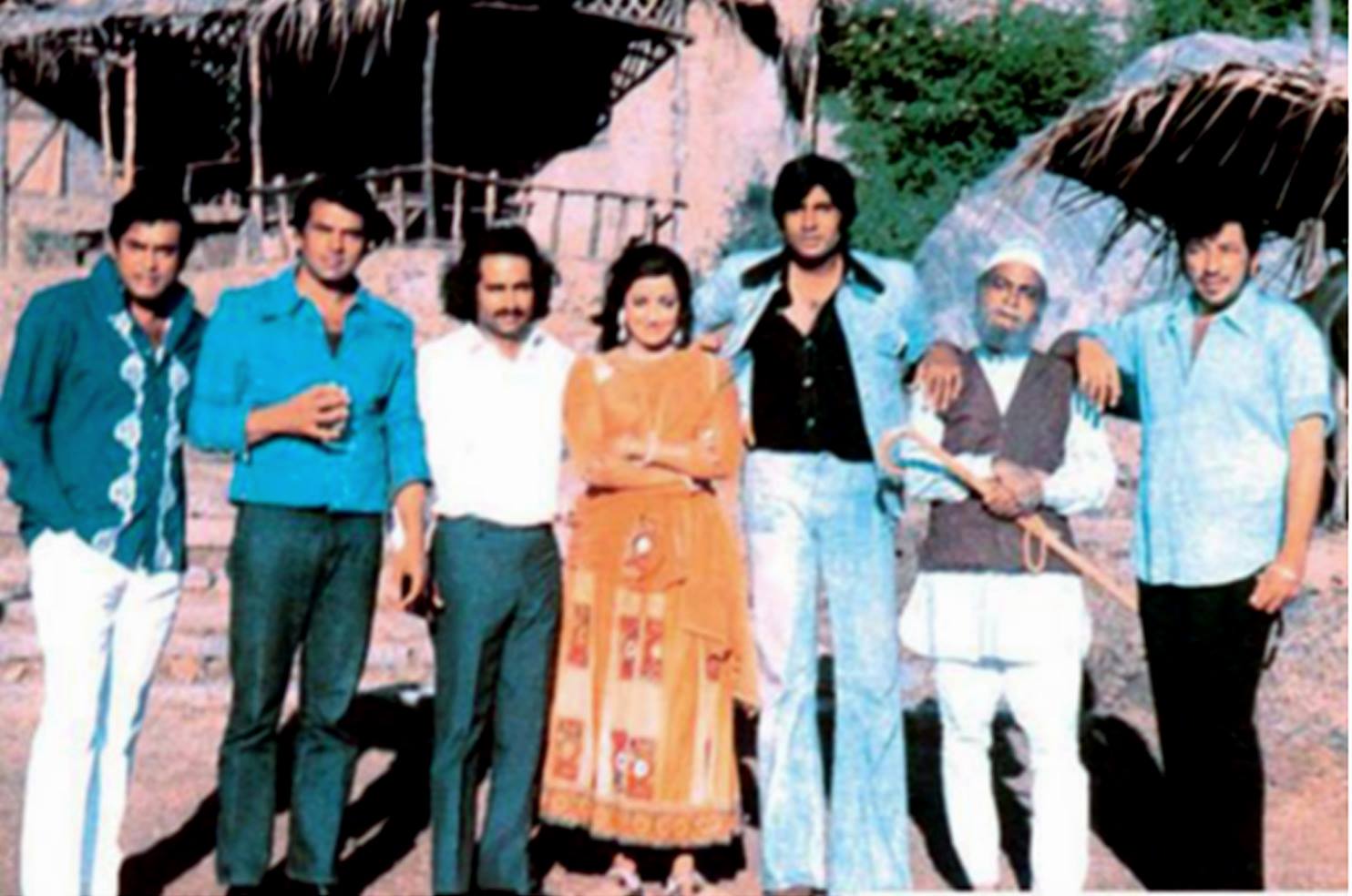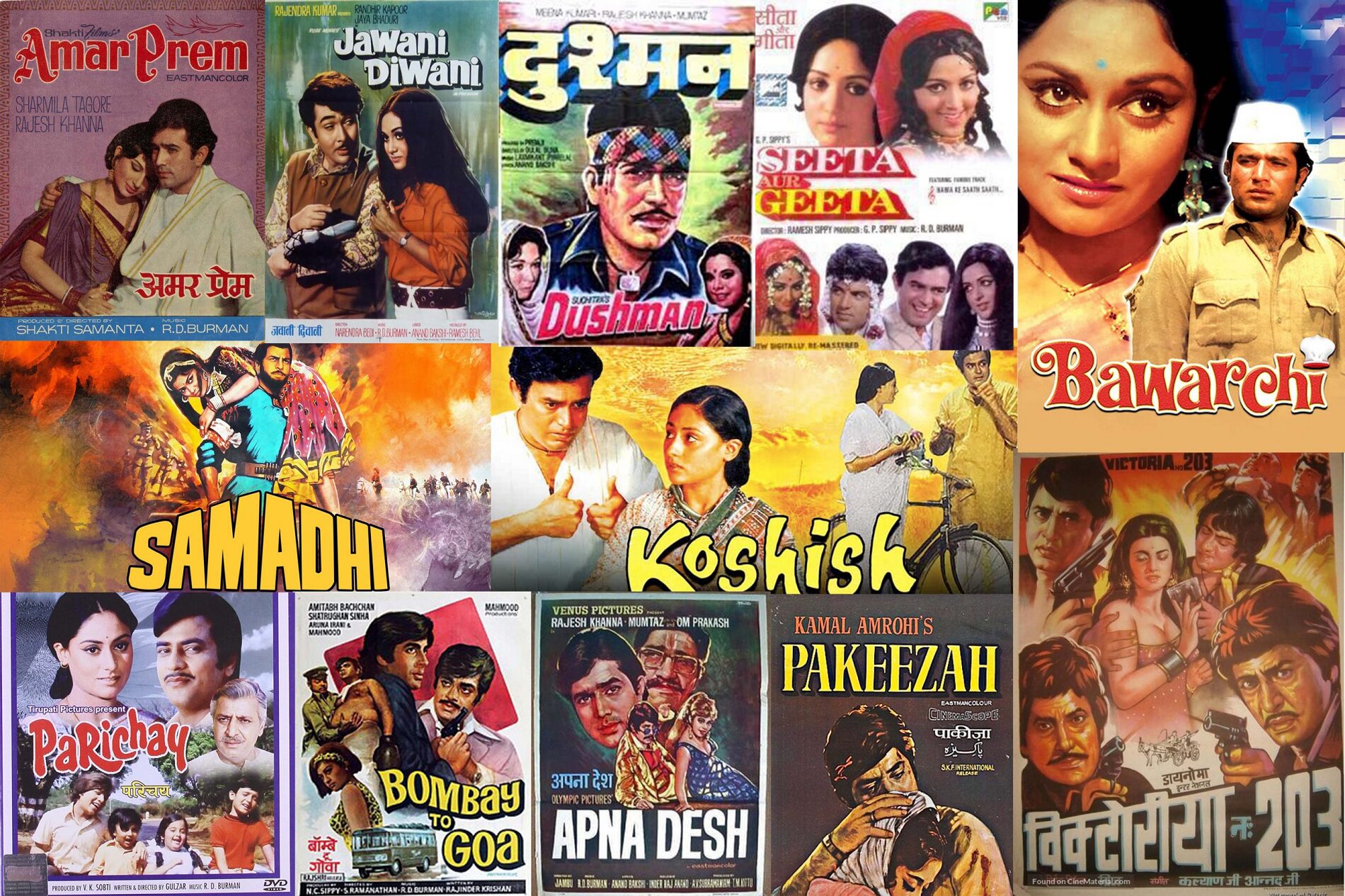In a world increasingly divided by borders, ideologies, and cultural differences, Bollywood stands as a…

The Evolution of Commercial Filmmaking in India: From Mythological Tales to Blockbuster Spectacles
Indian cinema, particularly commercial filmmaking, has undergone a remarkable transformation over the past century. From its humble beginnings in the early 20th century to becoming a global powerhouse, the journey of Indian commercial cinema is a testament to its ability to adapt, innovate, and captivate audiences. Today, Bollywood and other regional film industries are synonymous with larger-than-life storytelling, vibrant music, and star-studded spectacles. But how did we get here? Let’s take a closer look at the evolution of commercial filmmaking in India.
The Silent Era: Laying the Foundation
The story of Indian commercial cinema begins in 1913 with Raja Harishchandra, directed by Dadasaheb Phalke, often hailed as the father of Indian cinema. This silent film, based on a mythological tale, marked the birth of Indian cinema and set the stage for the industry’s future. Phalke’s work was deeply rooted in Indian culture, drawing inspiration from ancient epics like the Mahabharata and Ramayana. These early films were not just entertainment; they were a way to preserve and propagate Indian traditions and values.
The silent era was characterized by its reliance on visual storytelling, as films lacked synchronized sound. Despite technological limitations, filmmakers like Phalke and others laid the groundwork for what would become a thriving industry. As The Hindu noted, “The silent era was a time of experimentation and innovation, with filmmakers exploring the potential of the medium to tell stories that resonated with Indian audiences” (The Hindu, 2013).
The Talkies: A New Era of Storytelling
The introduction of sound in the 1930s revolutionized Indian cinema. Alam Ara (1931), India’s first talkie, marked the beginning of a new era. With dialogue and music now integral to storytelling, filmmakers began to experiment with genres, blending drama, romance, and comedy. This period also saw the rise of music as a central element of Indian films, with playback singing becoming a defining feature of commercial cinema.
The 1940s and 1950s were a golden age for Indian cinema, with filmmakers like Raj Kapoor, Guru Dutt, and Bimal Roy creating timeless classics. Films like Awara (1951) and Pyaasa (1957) not only entertained but also addressed social issues, reflecting the aspirations and struggles of a newly independent India. As The Indian Express observed, “This was a time when cinema was both art and entertainment, with filmmakers using the medium to comment on society while captivating audiences with compelling narratives” (The Indian Express, 2017).
The Rise of the Masala Film
The 1970s and 1980s marked the rise of the “masala film,” a genre that blended action, romance, comedy, drama, and music into a single, crowd-pleasing package. This era was dominated by the “angry young man” archetype, epitomized by Amitabh Bachchan in films like Zanjeer (1973) and Sholay (1975). These films resonated with audiences, reflecting the socio-political turmoil of the time and offering escapism through larger-than-life heroes and melodramatic plots.
The masala formula became the backbone of commercial filmmaking in India, with filmmakers prioritizing entertainment over realism. As The Times of India noted, “The masala film was a reflection of the times, offering a mix of emotions and genres that appealed to a wide audience” (Times of India, 2015). This period also saw the rise of iconic music directors like R.D. Burman, whose compositions became an integral part of Indian pop culture.
The Globalization of Indian Cinema
The 1990s and early 2000s marked a turning point for Indian commercial cinema, as filmmakers began to embrace globalization. The success of films like Dilwale Dulhania Le Jayenge (1995) and Kuch Kuch Hota Hai (1998) showcased a new, aspirational India, with stories that resonated with both domestic and international audiences. This era also saw the rise of multiplexes, which allowed filmmakers to experiment with niche genres and cater to diverse audiences.
The influence of Western cinema became more pronounced, with Indian filmmakers adopting advanced techniques in cinematography, special effects, and storytelling. Films like Lagaan (2001) and Devdas (2002) demonstrated the industry’s ability to produce high-quality, globally competitive cinema. As The Guardian noted, “Indian cinema was no longer confined to its borders; it was becoming a global phenomenon, with films like Lagaan earning international acclaim” (The Guardian, 2002).
The New Age of Commercial Cinema
In recent years, Indian commercial cinema has entered a new phase, characterized by a blend of traditional storytelling and modern sensibilities. Filmmakers are pushing boundaries, experimenting with genres, and addressing contemporary issues while retaining the mass appeal that defines commercial cinema. Movies like Dangal (2016), Baahubali (2015-2017), and Pathaan (2023) have redefined the scale and ambition of Indian films, breaking box office records and setting new benchmarks for success.
The rise of streaming platforms has further transformed the industry, providing filmmakers with new avenues to reach audiences. As The Economic Times observed, “The digital revolution has democratized filmmaking, allowing creators to tell diverse stories and reach global audiences like never before” (The Economic Times, 2021).
Conclusion: A Legacy of Innovation and Adaptation
The evolution of commercial filmmaking in India is a story of resilience, creativity, and adaptation. From the silent era to the digital age, Indian cinema has continually reinvented itself, reflecting the changing aspirations and realities of its audience. Today, it stands as a global force, producing films that entertain, inspire, and resonate with millions around the world.
As The Hindu aptly put it, “Indian commercial cinema is more than just an industry; it is a cultural phenomenon that has shaped the way we see ourselves and the world” (The Hindu, 2019). As we look to the future, one thing is certain: Indian cinema will continue to evolve, innovate, and captivate audiences for generations to come.

